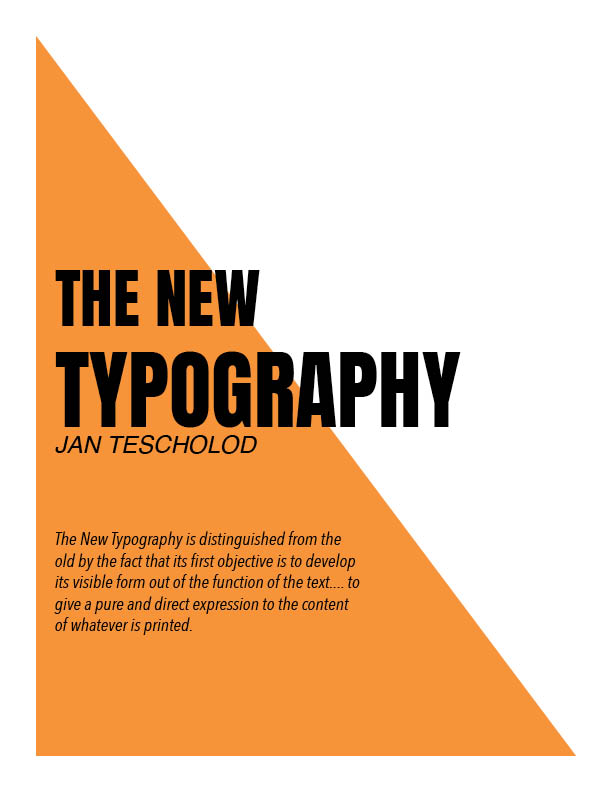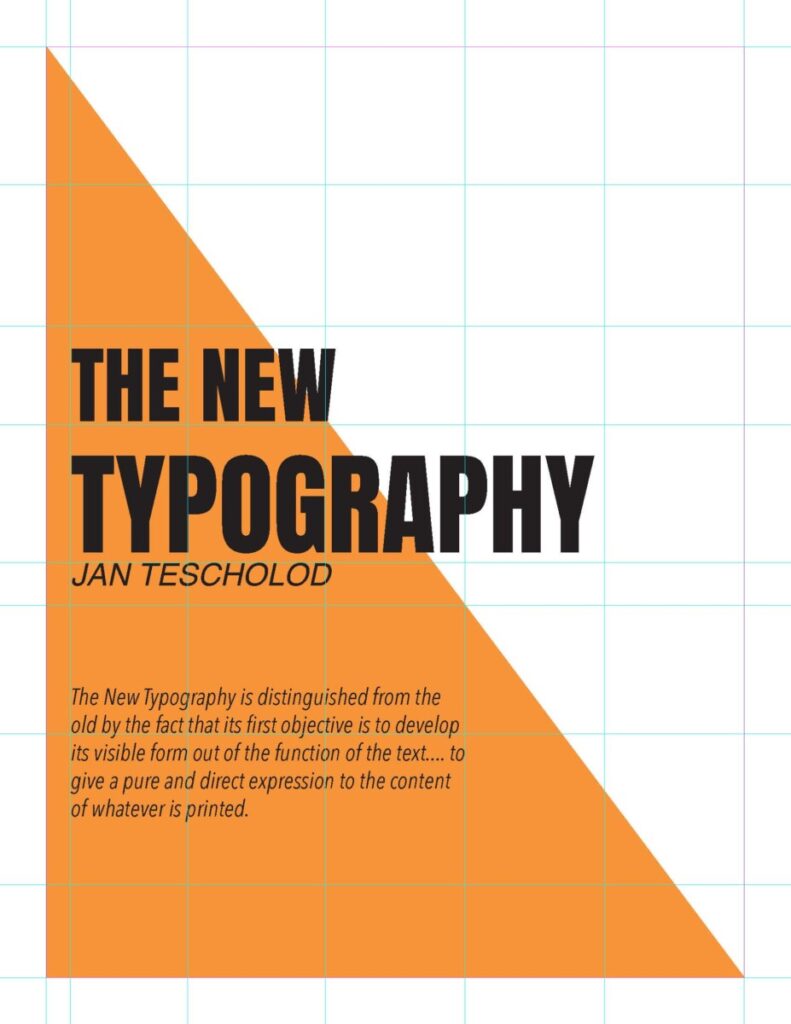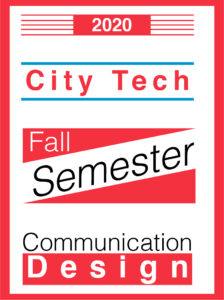In Marshall McLuhan’s Understanding Media: The Extensions of Man, he talks about media, technology, and how it affects human beings.
The first chapter called The Medium is the Message talks about the division of things as means of control. He also talks about technology and how it changed our relationship with other humans and for that reason he splits these aspects into two: content and message. “The “content” of any medium is always another medium”.. “and the message of any medium or technology is the change… that it introduces into human affairs”, he says. As from my understanding, the content is the use we give to technology, and the message is its introduction into human nature.
McLuhan’s also talks about technology and media as “extensions of man” because “it is the way they are use what that determines their value”. Personally, I agree with this because Technology has changed the way we interact with each other, in a way another, it has improved the world we live in.
In chapter seven, he talks about The Nemesis of Creativity and the importance of artists in a world of technology and media. He states that “the serious artist is the only person able to encounter technology with impunity”. He couldn’t be more specifically when talking about it because most of the time, designers have to put away their bias in order to create something. In other words, we have to see the world with the eyes of a child.
I am going to cite two of my favorite quotes from the readings:
- “The artist picks up the message of cultural and technological challenge decades before its transforming impact occurs. He, then, builds models or Noah’s arks for facing the change that is at hand.”
- “The artist is the man in any field, scientific or humanistic, who grasps the implications of his actions and of new knowledge in his own time. He is the man of integral awareness.”
I think he is absolutely right because that is how media and technology works for designers. They always go hand in hand.






Recent Comments